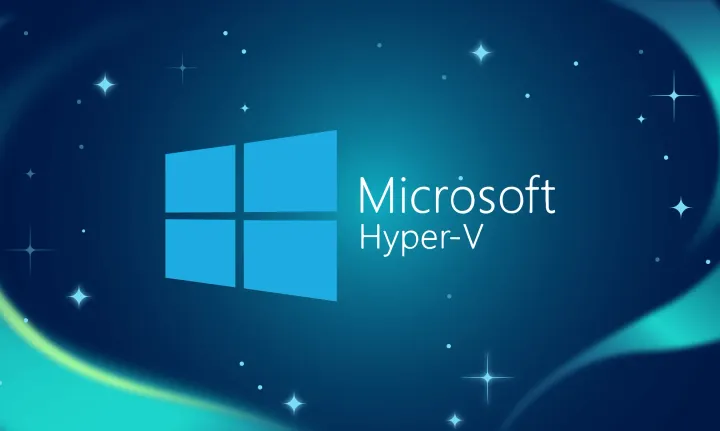Office Web Apps–WOPI Host and url paths
If you’re following along with the post on creating a WOPI host, it’s never fully apparent that you MUST adhere to the path shown in the article here:
http://blogs.msdn.com/b/officedevdocs/archive/2013/03/20/introducing-wopi.aspx
That is, the path to your host must contain ‘/wopi/files’. It wasn’t clear to me in that article, nor could I find it in the WOPI spec. http://msdn.microsoft.com/en-us/library/hh622722(v=office.12).aspx
So, for example, here are some Routes I used in MVC
config.Routes.MapHttpRoute(
name: "Contents",
routeTemplate: "api/wopi/files/{name}/contents",
defaults: new { controller = "files", action = "GetFile" }
);
config.Routes.MapHttpRoute(
name: "FileInfo",
routeTemplate: "api/wopi/files/{name}",
defaults: new { controller = "Files", action = "Get" }
);
Here are the Actions
public class FilesController : ApiController
{
IFileHelper _fileHelper;
public FilesController() : this(new FileHelper())
{
}
public FilesController(IFileHelper fileHelper)
{
_fileHelper = fileHelper;
}
/// <summary>
/// Required for WOPI interface - on initial view
/// </summary>
/// <param name="name"></param>
/// <param name="access_token"></param>
/// <returns></returns>
public CheckFileInfo Get(string name, string access_token)
{
var fileInfo = _fileHelper.GetFileInfo(name);
return fileInfo;
}
/// <summary>
/// Required for View WOPI interface - returns stream of document.
/// </summary>
/// <param name="name"></param>
/// <param name="access_token"></param>
/// <returns></returns>
public HttpResponseMessage GetFile(string name, string access_token)
{
try
{
var file = HostingEnvironment.MapPath("~/App_Data/" + name);
var rv = new HttpResponseMessage(HttpStatusCode.OK);
var stream = new FileStream(file, FileMode.Open, FileAccess.Read);
rv.Content = new StreamContent(stream);
rv.Content.Headers.ContentType = new MediaTypeHeaderValue("application/octet-stream");
return rv;
}
catch (Exception ex)
{
var rv = new HttpResponseMessage(HttpStatusCode.InternalServerError);
var stream = new MemoryStream(UTF8Encoding.Default.GetBytes(ex.Message ?? ""));
rv.Content = new StreamContent(stream);
return rv;
}
}
}</pre></div>
And here is the helper
public interface IFileHelper
{
CheckFileInfo GetFileInfo(string name);
}
public class FileHelper : IFileHelper
{
public CheckFileInfo GetFileInfo(string name)
{
var fileName = GetFileName(name);
FileInfo info = new FileInfo(fileName);
string sha256 = "";
using (FileStream stream = File.OpenRead(fileName))
using (var sha = SHA256.Create())
{
byte[] checksum = sha.ComputeHash(stream);
sha256 = Convert.ToBase64String(checksum);
}
var rv = new CheckFileInfo
{
BaseFileName = info.Name,
OwnerId = "admin",
Size = (int)info.Length,
SHA256 = sha256,
Version = DateTime.Now.ToString("s")
};
return rv;
}
internal string GetFileName(string name)
{
var file = HostingEnvironment.MapPath("~/App_Data/" + name);
return file;
}
}</pre></div>
Read next

Leveraging Azure Application Insights with OpenTelemetry: Distributed Tracing Done Right
Learn about migrating .NET applications to Azure's OpenTelemetry-based Application Insights for seamless distributed tracing, simplified observability, and minimal code impact.

Copy a Hyper-V VM with - "The key protector could not be unwrapped. Details are included in the HostGuardianService-Client event log"
take a look at this Hyper-V 2016 Shielded Virtual Machines on Stand-Alone Hosts (altaro.com)

Is your team healthy?
Start with the basics...
1. Do people know what they need to work on?
2. Do they know how it will all fit together?
3. Do they know what success looks like?
4. Do they know the tech needed to do it?
5. Do I (as the SM/team lead/